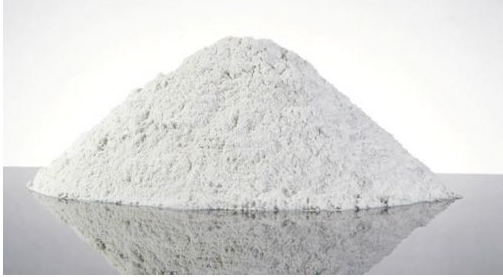- 03
- Oct
Why is magnesium oxide resistant to high temperatures? At what temperature can magnesium oxide achieve sintering? What is the sintering temperature of magnesium oxide?
Why is magnesium oxide resistant to high temperatures? At what temperature can magnesium oxide achieve sintering? What is the sintering temperature of magnesium oxide?

Magnesium oxide is commonly known as bitter soil, or magnesia, with a melting point of 2852°C, a boiling point of 3600°C, and a relative density of 3.58 (25°C). Soluble in acid and ammonium salt solution, insoluble in alcohol. Magnesium oxide has a high degree of refractory and insulating properties. It can be transformed into crystals after being burned at a high temperature above 1000°C. When it rises to 1500-2000°C, it becomes dead burnt magnesia (also known as magnesia) or sintered magnesia.
Introduction of Magnesium Oxide:
Magnesium oxide (chemical formula: MgO) is magnesium oxide, an ionic compound. It is a white solid at room temperature. Magnesium oxide exists in nature in the form of periclase and is a raw material for smelting magnesium.
Magnesium oxide has high fire resistance and insulation properties. After being burned at a high temperature above 1000°C, it can be transformed into crystals. When it rises to 1500-2000°C, it will become burnt magnesia (also known as magnesia) or sintered magnesia.
Magnesium oxide in English is Magnesium oxide or Magnesium monooxid
What are the magnesium oxides?
Magnesium oxide is divided into two types: light magnesia and heavy magnesia.
What are the characteristics of light magnesium oxide?
Lightweight and bulky, it is white amorphous powder. Odorless, tasteless and non-toxic.
What is the density of light magnesium oxide? The density is 3.58g/cm3. It is hardly soluble in pure water and organic solvents, and its solubility in water increases due to the presence of carbon dioxide. It can be dissolved in acid and ammonium salt solution. It is converted into crystals after high temperature burning. In case of carbon dioxide in the air, magnesium carbonate double salt is formed.
The heavy matter is compact in volume and is white or beige powder. It is easy to combine with water, and it is easy to absorb moisture and carbon dioxide in the exposed air. It is easy to gel and harden when mixed with magnesium chloride solution.
